Module Five – Chapter Four – FABRIC INVESTIGATION
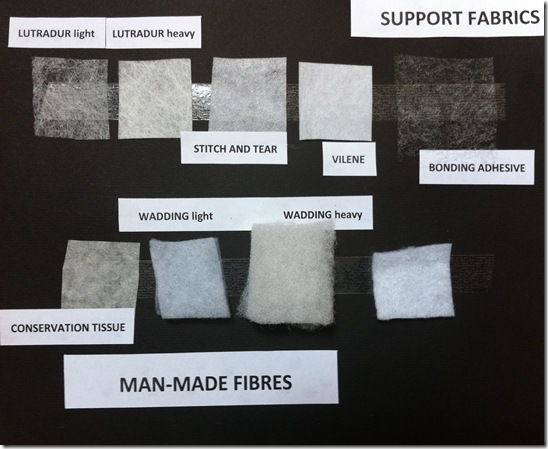
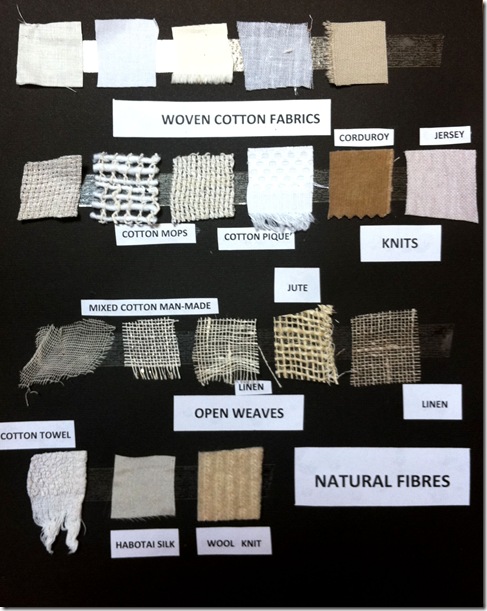
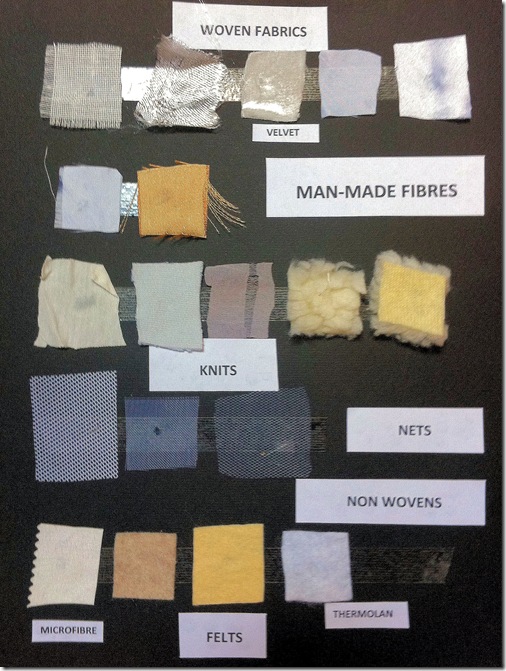
I started my collection of white fabric samples only to discover I will probably need to add other fabrics, especially wool and silk, but so far this is what I have at home.
I organized them in three main groups, natural fabrics (from plants and animals), man-made (acetate, acrylics, nylon, polyester, rayon and blends) and support textiles. I will have to do burn tests to determine the exact artificial fibre content. For the time being I did some research on man made fabrics and wrote notes on how the different fibres should behave. (Source: http://www.fabrics.net/ )
Acetate – is made from cellulose fibres and burns quickly producing flames that are difficult to extinguish and leave a hard ash. The smell is similar to burnt wood chips.
Acrylic – is made from natural gas and petroleum. Burns readily with hard ash letting out a harsh smell.
Nylon – is made from petroleum, it melts quickly and smells like plastic when it burns.
Polyester – is a polymer made from coal and petroleum, the ash quickly bonds to any surface it drips. It gives out a sweet smell and leaves hard ash.
Rayon – is a cellulose fibre, burns quickly and leaves a slight ash. On burning it smells like leaves.
FRAYED EDGES
Frayed edges – Natural and man made fabrics
All in all my samples frayed easily enough. I especially like the frayed effect which often looks like grass floating in the wind on the finer fabrics, both natural and man made, I shall make more fraying experiments when working with fabric strips.
When burnt, natural fabric ashes are brittle and crumble.
Natural fabrics, frayed edges and burnt samples (at the centre)

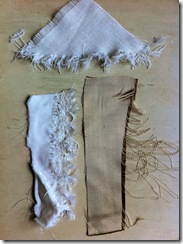
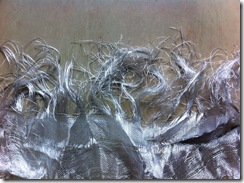
Man made fabrics (left and right)
BURNING AND MELTING EXPERIMENTS
In this first set of experiments I exposed some man made support fabrics to the flame of a candle. I particularly like the black residue left on the fabrics from burning.
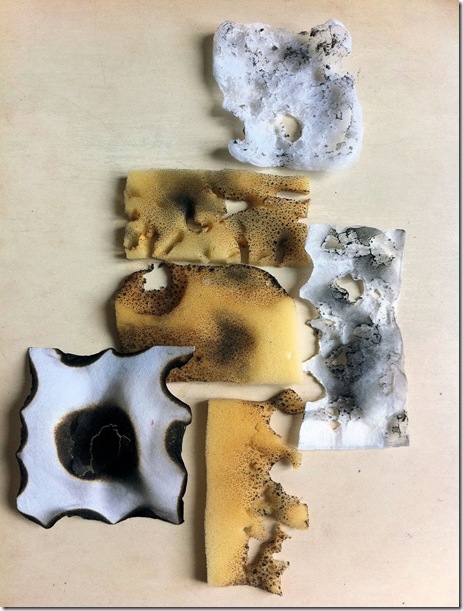
Candle experiments: top – light wadding, centre – foam rubber, bottom left – conservation tissue, centre right – Lutradur medium weight
Notes
Conservation tissue behaves like paper when burnt and ashes are crumbled. A candle may be used on foam rubber to easily sculpt holes and depressions or other shapes. Edges look similar to borders on maps and are easy to manage. On the foam rubber sample at the top the longish shapes are made by a soldering iron. In this case no black residues are left and the edges are more precise.
Similar effects are obtained on the wadding and Lutradur samples, and on both of them edges become hard when burnt with a candle.
Top left – soldering iron on light wadding, other samples are more detailed views of the collection above
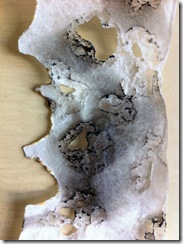
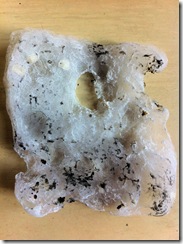
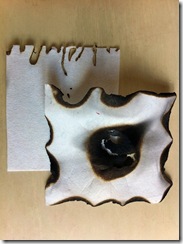

BURNT HOLE EXPERIMENT
This is also a first experiment in making a short YouTube movie! So bear with me please. The awful sound track is absolutely casual, I had simply forgotten to turn off the radio …
All holes are made with a soldering iron. The last sample shows also bubbles and distortions on acetate.

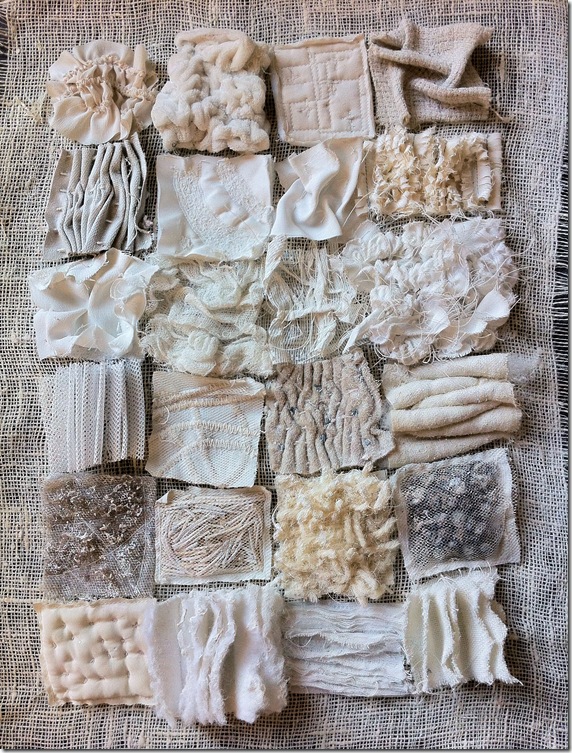
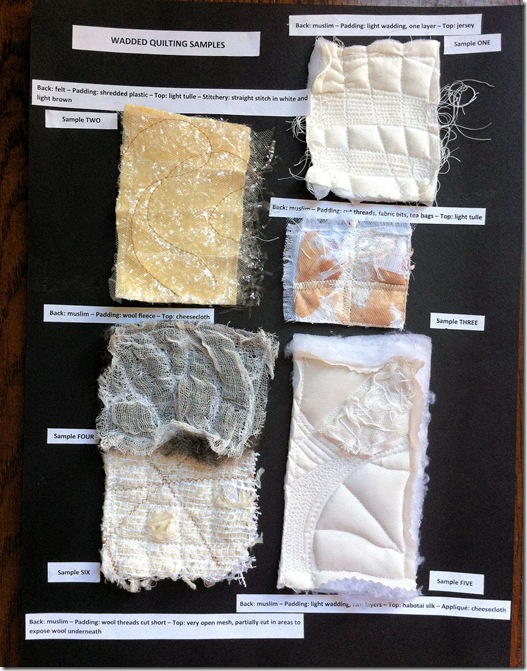
Great textures :)
ReplyDeletewhere to buy evolon